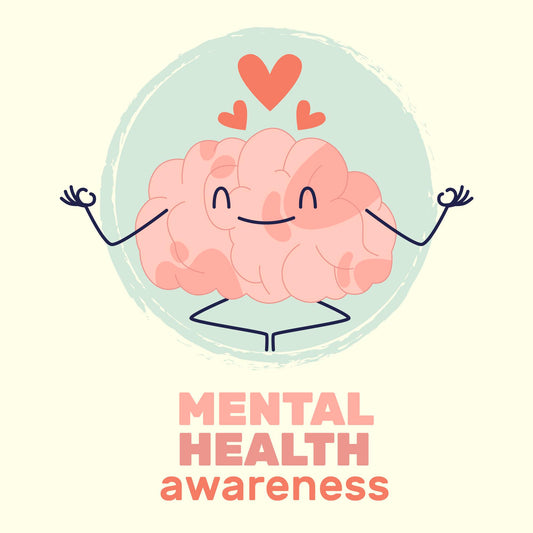
Osteoporosis is a metabolic bone disorder in which the frequency of bone reabsorption speeds up while the rate of bone formation slows down, producing a loss of bone mass. Bones affected by this disease lose phosphate and calcium salts and thus become spongy, brittle, and oddly vulnerable to fractures. Osteoporosis may be primary or secondary to a causal disease. Primary osteoporosis is generally called post-menopausal osteoporosis because it characteristically develops in post-menopausal women. Treatment aims to decelerate or prevent bone loss, prevent extra fractures, and control pain.
A physical therapy programme that stresses gentle exercise and activity is an important part of the treatment. Drugs may consist of bisphosphonates, such as alendronate and risedronate, to avoid bone loss and lessen the risk of fractures.
The physician may also vouch for ample vitamin D and calcium intake. Calcitonin and raloxifene have also been suggested. Destabilised vertebrae should be reinforced, customarily with a back brace.Surgery can correct pathologic fractures of the femur by open reduction and internal fixation. The occurrence of primary osteoporosis may be reduced through suitable intake of dietary calcium and consistent exercise.
Fluoride treatments may also offer some precautionary benefit. Hormone replacement therapy (HRT) with oestrogen and progesterone may delay bone loss and stop the occurrence of fractures.
Secondary osteoporosis can be stopped through effective treatment of the underlying disease in addition to corticosteroid therapy, early mobilisation after trauma or surgery, cautious observation for signs of malabsorption, and swift treatment of hyperthyroidism.
Men with osteoporosis, hypogonadism, and low libido may benefit from testosterone replacement therapy. Reduced alcohol consumption and caffeine use, as well as smoking termination, are also helpful protective measures.
Bibliography
- Professional guide to diseases. 10th ed. Philadelphia: Wolters Kluwer Health/Lippincott Williams & Wilkins, 2013.
- Rippetoe, Mark, and Lon Kilgore. Practical programming for strength training. 2nd ed. Wichita Falls, TX: Aasgaard Co., 2009.







